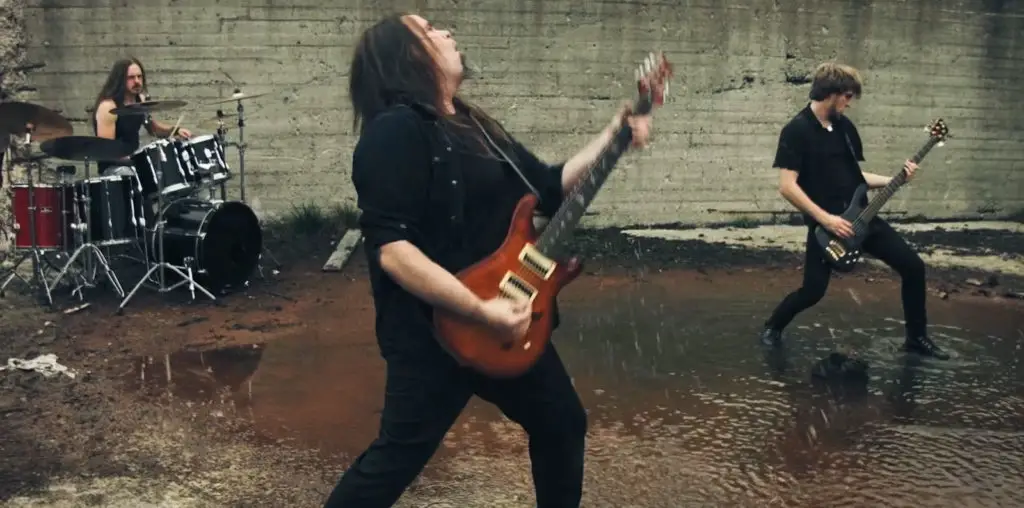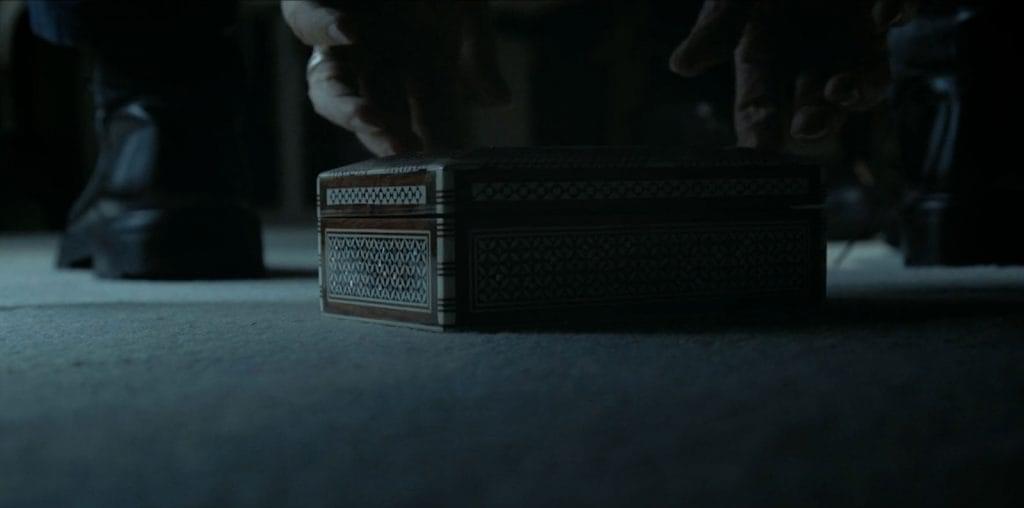
Radiant City is a fascinating “thoughtumentary” that should strike terror in the hearts of “bigger is better,” two-car capitalists as it convincingly lays out the inanity of suburban sprawl in an aging society that, according to James Howard Kunstler (author of The Geography of Nowhere), is “entering an era of energy scarcity.” But an immediate about face to embrace the proffered solution of an urban-smart retrofit where more than a 7-11 is within walking distance from a healthy mix of single and multi-family dwellings won’t happen anytime soon. North America’s unstoppable cycle of running away from the Joneses in our SUVs won’t quit with $3 gas.
Even the Sondheim-lite play-within-the-play, Robert S. Cohen’s and David Javerbaum’s Suburb: The Musical, can’t entice the film’s matriarch, Jane Ross, to see her lifestyle pilloried by off-key men in short pants who push gas-guzzling lawn mowers while pleading the cause of conservation. And that’s despite the fact that her husband, Evan, is both the show’s lead and the source of cash that pays for the aluminium-siding castle of his wife’s Alberta-style Camelot. At least she drops off the kids in the van.
Co-directors/writers Gary Burns and Jim Brown have crafted an essay that lets them dispenser a steady stream of expert opinion (philosopher Joseph Heath’s observations and are compelling in themselves), issue-driven statistics (delivered with clear, crisp animations but too many U.S. sources for comfort), all served up on the daily-living backdrop of the family Ross. As time goes on, Mom gets defensive, Dad continues his amateur mechanic “sabotage” of the second set of wheels while the kids, in true Chaplin fashion, steal the show.
Outstanding is Nick. The philosophical early teen candidly expresses his isolation (he knows a dog but none of his neighbours in “Evergreen”—the family’s new community). But when left to their own devices, he and his school chums delight in producing a snuff home movie (bringing a whole new meaning to the “shot by” credit) where their buddy (decked out in A Clockwork Orange jock) reveals dozens of welts suffered at his “mock” paintball execution. Too eerie by half, but an excellent setup for the shoot-the-soccer-ball-with-Dad’s-rifle-hit-the-sister sequence in the coda. Couldn’t happen here.
Evan’s buddy and community centre production co-star, Ken, offers some insights of his own as he bemoans always chasing things in life and “never get to stop and enjoy” when he’s caught some.
All of this is commendably captured by cinematographer Patrick McLaughlin’s unerring lens and Jonathan Baltrusaitis’ sophisticated editing. Aside from the vocal limitations noted earlier, Joey Santiago’s tracks add zest and reflection as needed.
The pundits bring their considerable expertise to bear on out-of-control development that’s on a reckless course of urban/ suburban destruction. The filmmakers have selected the bits that they like, but don’t offer any screen time to corporate cash barons. How ironic that one of their cheerleaders, Ralph Klein, steps down from office just as this film is released. Will that passage open the door for a less cash-motivated leader? Doubtful: the strip mall of yesteryear isn’t now dubbed “Power Centre” by coincidence. Don’t forget to turn off the lights when you leave.

